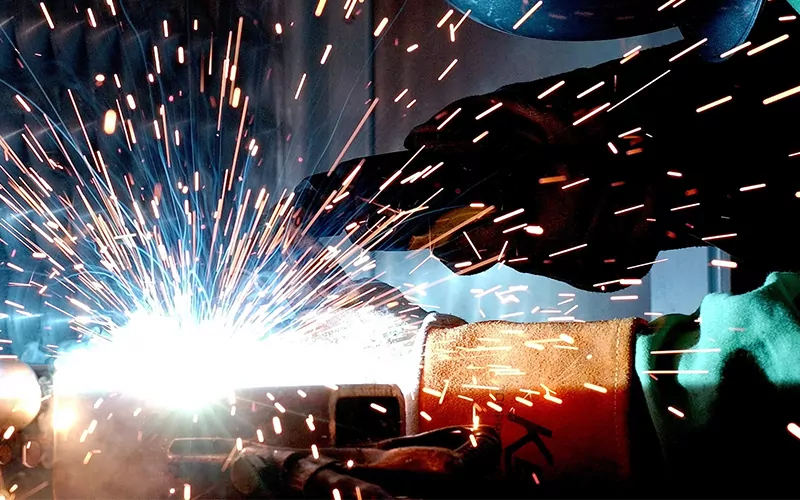How Precision EDM Revolutionized Manufacturing Techniques
Body
Manufacturing techniques have come a long way over the years, with advancements in technology playing a crucial role in driving innovation. One such technology that has revolutionized the manufacturing industry is Precision Electrical Discharge Machining (EDM). This cutting-edge technique has transformed the way products are manufactured, offering unparalleled precision and efficiency.

The Evolution of Precision EDM
Before delving into the impact of Precision EDM on manufacturing techniques, it is important to understand its evolution. Precision EDM, also known as spark machining, wire erosion, or die sinking, was first developed in the 1940s. It was initially used for shaping hardened steel molds, but its applications quickly expanded to various industries.
Over the years, Precision EDM has undergone significant advancements, thanks to continuous research and development. Today, it is a highly sophisticated process that utilizes electrical discharges to remove material from a workpiece, resulting in intricate and precise shapes.
Unparalleled Precision and Accuracy
One of the key reasons why Precision EDM has revolutionized manufacturing techniques is its unparalleled precision and accuracy. Traditional machining methods often struggle to achieve intricate designs and complex shapes. However, Precision EDM overcomes these limitations by using electrical discharges to erode the material, allowing for the creation of intricate and precise features.
For example, in the aerospace industry, Precision EDM is used to manufacture turbine blades with complex cooling channels. These channels play a crucial role in maintaining the temperature of the blades during operation, ensuring optimal performance. Precision EDM enables the creation of these intricate cooling channels with high precision, resulting in improved efficiency and performance of the turbine blades.
Enhanced Efficiency and Cost Savings
Another significant impact of Precision EDM on manufacturing techniques is enhanced efficiency and cost savings. Traditional machining methods often require multiple setups and tool changes to achieve the desired shape, leading to increased production time and costs. Precision EDM eliminates the need for multiple setups, as it can create complex shapes in a single operation.
Furthermore, Precision EDM can be automated, allowing for continuous and unattended operation. This automation not only improves efficiency but also reduces labor costs. Manufacturers can now produce complex parts with minimal human intervention, resulting in significant cost savings.
Expanding Design Possibilities
Precision EDM has also expanded the design possibilities in manufacturing. With traditional machining methods, certain designs were simply not feasible due to the limitations of the tools and techniques. However, Precision EDM has opened up new avenues for designers and engineers to explore.
For instance, in the medical industry, Precision EDM is used to manufacture intricate surgical instruments with complex geometries. These instruments need to be precise, durable, and easy to handle. Precision EDM allows for the creation of these complex geometries, enabling the development of innovative surgical instruments that were previously unimaginable.
In conclusion, precision edm has revolutionized manufacturing techniques by offering unparalleled precision and accuracy, enhanced efficiency and cost savings, and expanding design possibilities. This cutting-edge technology has transformed various industries, enabling the production of complex and intricate parts with ease. As technology continues to advance, we can expect further innovations in Precision EDM, pushing the boundaries of manufacturing even further.









Comments